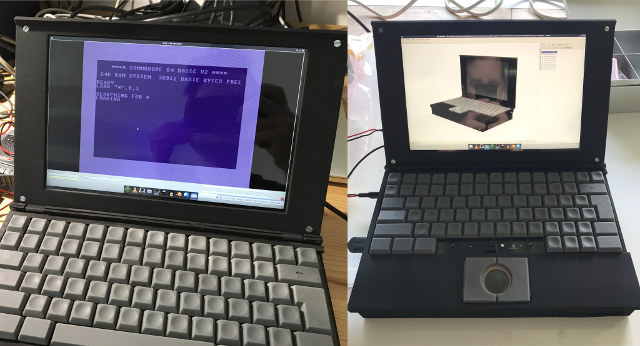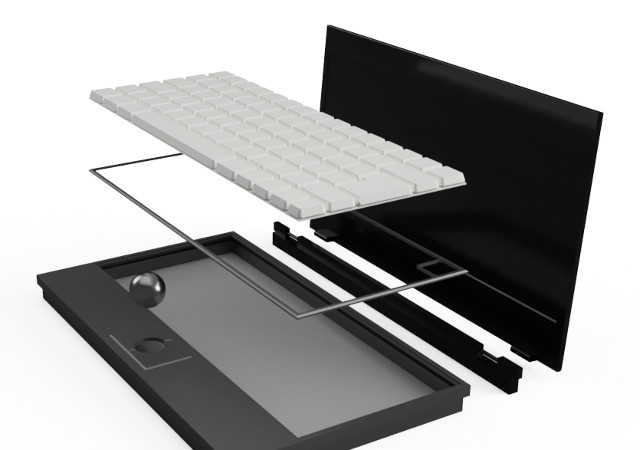The first usable DIY ARM Linux laptop that I can remember is Novena, unveiled in 2014, based on Freescale i.MX 6Quad processor, and fairly expensive at close to $2,000 since it was a nice product. Recently, we’ve had more affordable options with products such as Olimex TERES-I laptop (Allwinner A64), and the second version of Pi-Top laptop shell for Raspberry Pi 3.
There may soon be another option as MNT Media and Technology (Lukas F. Hartmann) partnered with an industrial designer (Ana Dantas) to work on “Reform”, a DIY and modular laptop / portable computer powered by NXP i.MX 6QuadPlus quad core ARM Cortex A9 processor, and eventually i.MX 8 hexa core Cortex A72/A53 processor.

They are the prototype stage right now, and mostly looking for feedback. The preliminary specifications and features of the Reform portable computer include:
- SoC – NXP i.MX 6QuadPlus quad core Cortex A9 processor @ up to 1.2 GHz, with Vivante GC2000 GPU . Update planned to NXP i.MX8 hexa core processor
- System Memory – At least 4 GB of RAM (4GB in prototype)
- Storage – micro SD card slot (for uboot), SATA SSD slot (120 GB in prototype)
- Detachable display housing with standard screws
- 10″ 1920×1200 color panel with HDMI to dual LVDS adapter
- Future E-Ink option
- Custom designed keyboard with Cherry ML switch, swappable keyboard PCB, 3D printed key caps. Currently based on Teensy LC Cortex M0+ Arduino compatible board.
- Exchangeable pointing device (trackball / trackpad). Currently also based on Teensy LC board
- USB – USB 2.0 ports
- Expansion – PCIe slot (tested with Penguin Wireless N Mini PCIe card)
- Battery – 3,000 mAh @ 7.4V LiPo battery good for about 2.5 hours
- Modular Chassis for motherboard, battery, SSD storage, input device controllers
- Dimensions – 28cm x 17.5cm x 5.5cm
- Weight – 1.5 kg
Note than some not-so-flattering features like 5.5cm thickness and short battery life are just for the prototype, and will be optimized if the computer gets manufactured. They used TinyRex Ultra development kit in the prototype, and will likely use the system-on-module found in the kit in the final product, especially VoiPAC has plans to make an i.MX 8 version.
Lukas could run Debian Linux, and successfully tested LibreOffice, Blender, GIMP, Inkscape and Audacity. GPU acceleration and hardware video decoding also work, as tested with respectively Quake 3 Arena and mplayer (H.264).
Going forward they’ll work on improving the design with a slimmed-down baseboard, an integrated charger/power brick, and better modularity management. Once everything is ready they’ll either launch a crowdfunding campaign, or take pre-orders with price likely in the 500 to 700 Euros range. All details can be found on Reform product page.
Via ARM Netbook Mailing List and Liliputing

Jean-Luc started CNX Software in 2010 as a part-time endeavor, before quitting his job as a software engineering manager, and starting to write daily news, and reviews full time later in 2011.
Support CNX Software! Donate via cryptocurrencies, become a Patron on Patreon, or purchase goods on Amazon or Aliexpress





